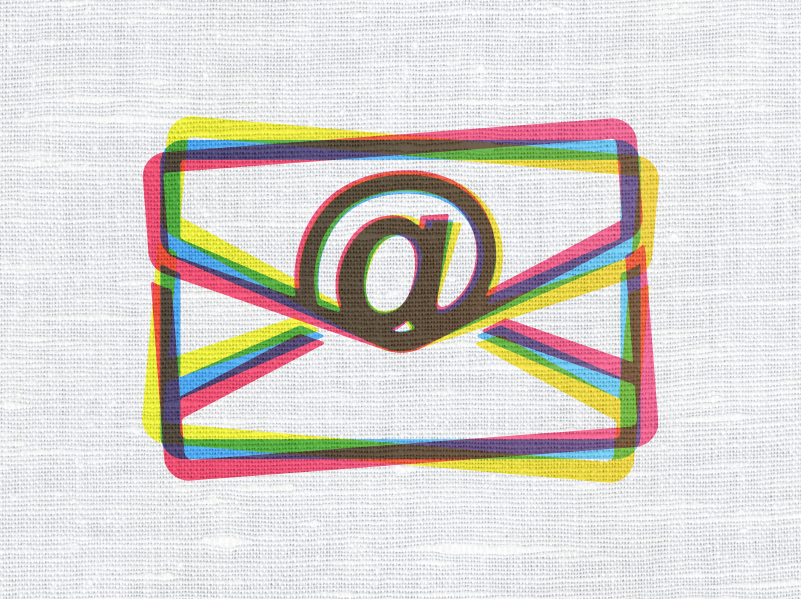Originally posted on the GovDelivery blog.
If you have been reading our blog lately, you have noticed our focus on public engagement through digital marketing. First, we covered how to set organizational goals, then establishing target audiences, and most recently branding. Now, we will unveil step four, sending messages that get read.
The proliferation of smartphones, tablets, Wi-Fi, hotspots, and a reliable 4G network means we are always connected. But, what does this mean for the modern-day government communicator? It means we can capitalize on the digital-friendly world we live in to send messages that get read. Though attention spans are dwindling (it’s proven), clear communication in the right channels (and to the right audience) means better public engagement. Let’s explore the details.
Say It Quick, Say It Well
Technology and the pressures of modern life affect people’s abilities to focus. According to the National Center for Biotechnology Information, the average human’s attention span dropped from 12 seconds in 2000 to 8 seconds in 2013… That’s one second shorter than the attention span of a goldfish!
Additionally, a recent Pew Internet study revealed that U.S. students benefit from instant access to a wealth of information from numerous sources, but their attention span and desire for in-depth analysis has diminished. As each generation evolves, our brain begins to wire and fire differently!
Though you have a shorter time to engage your audience, there is a silver lining to it all. You can successfully engage them through digital channels like your website, mobile, and other types of owned content. The key is to say it quick, and say it well, optimize for mobile, and leverage content. Let’s explore these concepts in greater detail:
- Web copy is incredibly conducive to the modern-day reader. Use your website as a central hub for information and support your messaging through email marketing and text messaging. Increase awareness and engagement through these two channels with “teaser” content that drives people to your website.
- Optimize your marketing for on-the-go readers. People check their phone more than 150 times per day. Here’s your golden opportunity to market to phone fiends.
- Leverage mobile-friendly designs with large fonts, buttons, and calls to action and optimize your website for mobile.
- Create a mobile app with a call to action for better engagement and action.
- Use moblie re-targeting, a concept that allows marketers to reach a selected audience based on relevance. You can show a target audience on mobile apps, social networks, or third-party websites, for example.
- Embrace the fact that “Content is king”. Create entertaining, informational, and engaging content will create a connection with your audience on a visceral level. Not only does content provide a way to give your audience information it longs for, it also can benefit your search engine ranking, so when individuals search for a particular term, your website appears at the top.
Content can come in the form of words and/or multimedia. Like text content, multimedia content (photos, video, and audio) should solicit reader emotion. If you particularly want to avoid the traditional stock photo, solicit your audience for photos. User-generated content is a great way to engage an audience plus its less work for you!
Align Messages to Audience Segments
Mass-marketed messages are a thing in the past. Not only is it harder to measure mass marketing, but it also is not price- or time-efficient as targeted marketing.
The key is relevancy. Defer back to your target audience to align your marketing messages towards your core audience. Your target segmentation should be made on the basis of the five W’s:
- WHO: What audience will best respond to your organization’s message?
- WHAT: What action best addresses a citizen’s needs and motivations?
- WHERE: Where do these people digitally reside?
- WHEN: When is the ideal timing of reaching them?
- WHY: Why is the content relevant to this audience?
- HOW: What is the feasibility in targeting these individuals based on fiscal, resource, and practical considerations?
Successfully segmenting your government organization’s brand increases top-of-mind awareness, brand likeability, and the likelihood that your message will resonate with your audience(s).
Want to hear about engagement and digital marketing? Tune in next for ways to use a multi-channel approach to reach your audience.





Really interesting post Kelsey! As a college student myself, I know that shorter content online definitely captures my attention, and I am much more likely to browse messages on my phone than any other internet-ready device. In the ever-connected world we live in today, constructing mobile-friendly designs seems like a really simple yet effective way of reaching target audiences.